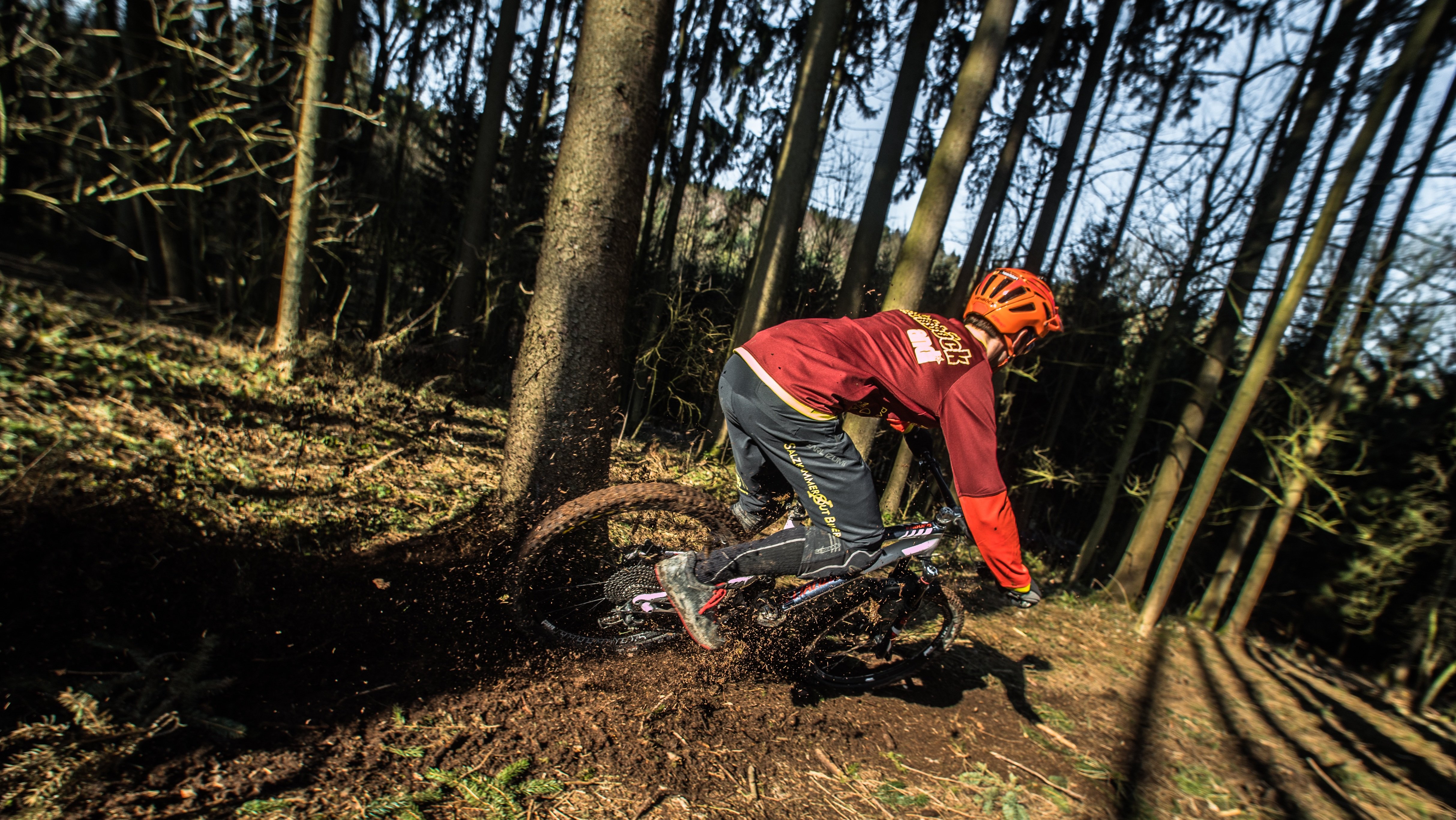Sports Taping vs. Bracing - Which Is Right For Your Injury
Both taping and bracing are just a part of life for every athlete. No matter what the injury is, even after ample time off to rest and heal, it needs a little support to allow athletes to return to their previous level of competition. While both taping and bracing can greatly reduce risk of re-injury, the question is, which one is best? Although an athlete may need both and eventually they can use one or the other depending on the injury, certain wounds will flourish from either a brace or tape depending on the situation. Sports Taping
Sports Taping
The primary benefit of using athletic tape to bind an injury is that it provides a custom fit to the athlete’s body. Tape also comes in a variety of strengths that can further support an injury depending on its severity, yet, its “custom support” does come with some flaws.
For the best effect, the taping should only be done by a professional. This can be a doctor, physical therapist, or athletic trainer. Coaches and athletes may have seen taping done hundreds of times, enough to feel confident in their own ability to replicate it, but every injury is different. Each injury requires a different level of support in the right places. Taping a particular injury wrong just so an athlete can continue to play on it may actually make it worse.
However, it is not difficult to learn how to properly tape up common injuries, but the primary issue with taping an injury is that it is only a short fix. With sweat and movement, the binding force of the tape will break down and the support will be reduced. The support power of tape while enduring continued activity is only, at maximum, about 30 minutes.
Taping is a very short-term solution to what could be a long-term problem. Athletic tape is a quick fix, but it is best used to reinforce a joint that has previously recovered from an injury.
Bracing
Athletic braces are a longer lasting fix for sports injuries, but like taping, they too have their flaws. One of the most popular bracing choices is the elastic brace. While the compression provided by these stretchy sleeves will help keep the joint warm, it fails to provide support, making it little better than athletic tape.
A real brace will be made out of thicker material than the typical elastic bandage. The best braces will have solid pieces of polymer to help immobilize the injured joint. However, these immobilization braces do have their disadvantages. They are best to work best to support healing injuries, but by not exercising the joint at the end stages of healing, the brace is not helping strengthen the injured area. It is, in fact, making it weaker.
Which is Best?
Depending on the severity of the injury and the area of the body that is injured, both taping and bracing have their distinct advantages. In general, the smaller, bonier bits of the body – like thumbs, fingers, toes, and wrists – are best supported by tape. These small bits of the body are meant to be mobile, something that tape can provide.
Alternatively, areas that support the weight of the body, like knees and ankles, will benefit from bracing. The braces give additional support to the joints that are already subject to a lot of wear and tear from the body’s own weight.
Both braces and tape are best used under the instruction of a trained professional. However, for athlete’s recovering from an injury, contact Mueller today to learn how our selection of braces, supports, and athletic tape can help you get back out there.

